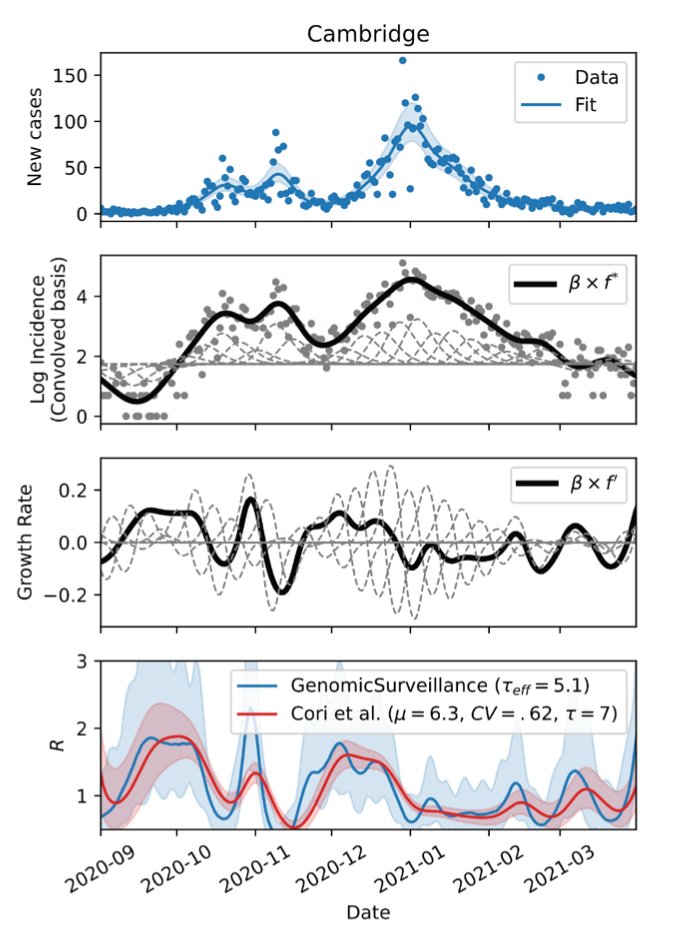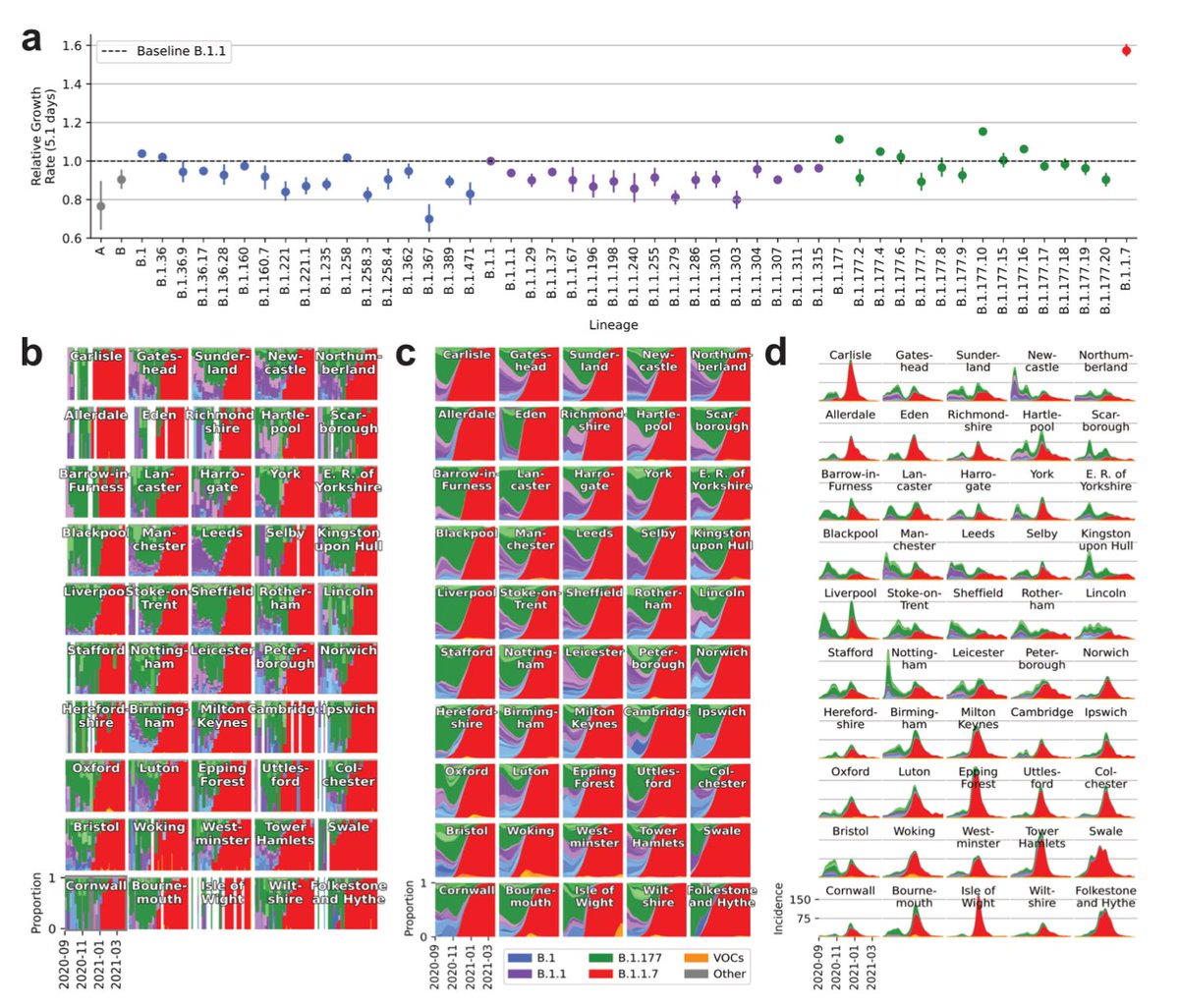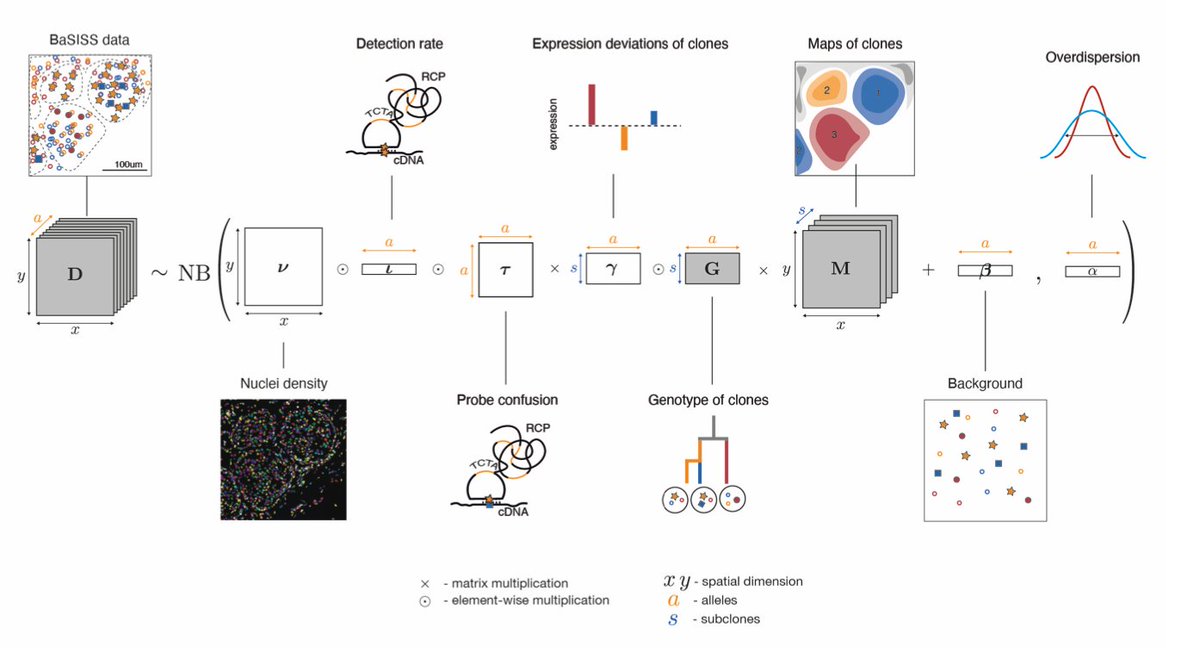
🧵 zur neuen B.1.1.529 SARS-CoV-2 Variante, die vor einigen Tagen von Wissenschaftlern in Südafrika entdeckt wurde.
TL;DR: Die Variante bringt nahezu alle besorgniserregenden Merkmale mit sich, die wir in den letzten 1-2 Jahren gesehen haben.
TL;DR: Die Variante bringt nahezu alle besorgniserregenden Merkmale mit sich, die wir in den letzten 1-2 Jahren gesehen haben.
https://twitter.com/chrischirp/status/1463885539619311616?s=20
1. B.1.1.529 hat mehr oder weniger alle Mutationen, die wir aus Alpha, Beta, Gamma und Delta kennen, gleichzeitig und noch weitere dazu.
https://twitter.com/PeacockFlu/status/1463176821416075279?s=20
2. In Südafrika setzt sie sich dem Anschein nach rapide und in unterschiedlichen Regionen gegen Delta durch.
https://twitter.com/miamalan/status/1463846561767641094?s=20
3. Der Anstieg des B.1.1.529 Anteils spiegelt sich bereits jetzt in steigenden Fallzahlen wieder, wenn auch noch auf niedrigem Niveau.
Das niedrige Ausgangsniveau ist ein Quäntchen Hoffnung, mehr nicht.
Das niedrige Ausgangsniveau ist ein Quäntchen Hoffnung, mehr nicht.
https://twitter.com/jburnmurdoch/status/1463963516990373898?s=20
Das @rki_de sollte daher Südafrika und Nachbarländer unverzüglich auf die Virusvariantenliste setzen und alle Einreisenden verpflichtend PCR testen.
Dadurch verschafft man sich Zeit um Impflücken zu schließen und booster zu verabreichen.
Dadurch verschafft man sich Zeit um Impflücken zu schließen und booster zu verabreichen.
https://twitter.com/CorneliusRoemer/status/1463967548941217792?s=20
Großbritannien und Israel haben bereits reagiert.
Schnelles Handeln ist entscheidend.
theguardian.com/world/2021/nov…
Schnelles Handeln ist entscheidend.
theguardian.com/world/2021/nov…
• • •
Missing some Tweet in this thread? You can try to
force a refresh














